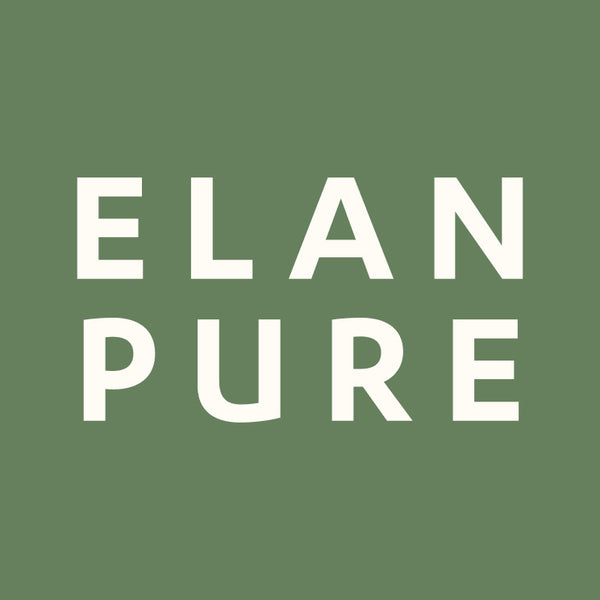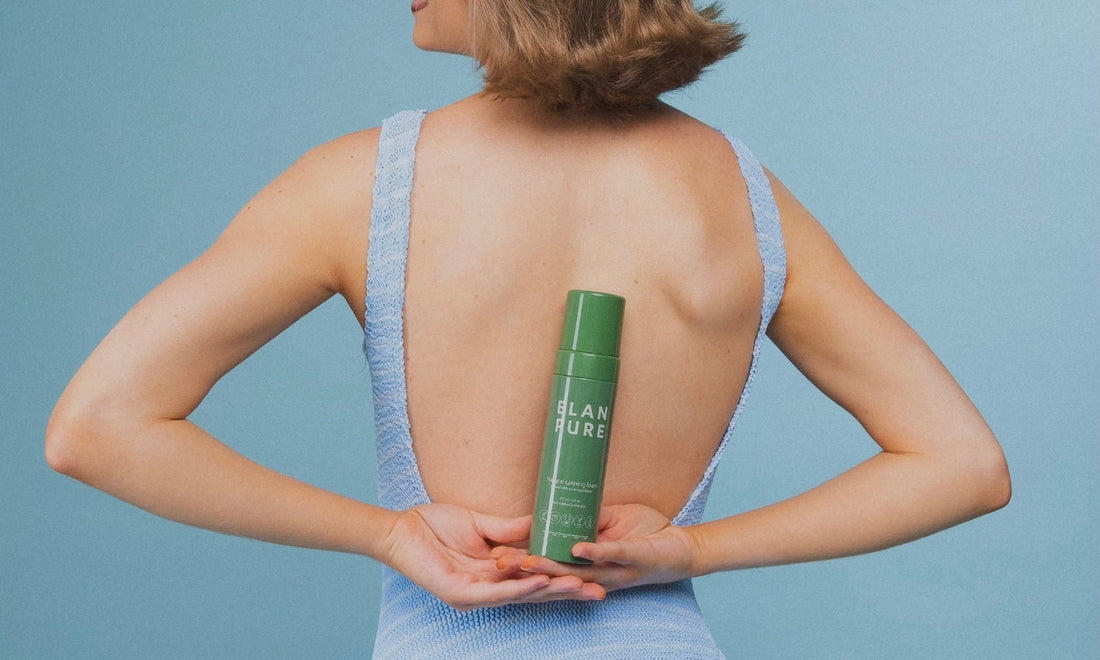Did you know that up to 85% of breast cancer cases are linked to environmental toxins—not genetics? While regular screenings and self-exams are crucial, what you put on your skin every day can play a major role in your long-term health. Many beauty and personal care products contain hidden chemicals that disrupt hormones and increase your risk. Today, we’re breaking down the five most common toxins found in beauty products, why they’re harmful to your breast health, and how to make the switch to safe, non-toxic alternatives—like a clean, non-toxic self-tanner.
1. Parabens
What are they?
Parabens are preservatives used to extend the shelf life of cosmetics and skincare.
Why are they harmful?
Parabens can mimic estrogen in the body, disrupting hormonal balance and potentially fueling the growth of breast cancer cells. Several studies show parabens affecting normal breast cell mechanisms and possibly promoting abnormal growth. Breast Cancer Prevention Partners (BCPP)+2PMC+2
How to avoid:
Look for products labeled “paraben-free” and check ingredient lists for anything ending in “-paraben” (like methylparaben or propylparaben).
2. Phthalates
What are they?
Phthalates are chemicals used to make products flexible and to help fragrances last longer.
Why are they harmful?
Often hidden under the term “fragrance” or “parfum,” phthalates are known endocrine disruptors and have been linked in multiple reviews and epidemiological studies to breast cancer risk. Breast Cancer Prevention Partners (BCPP)+2PMC+2
How to avoid:
Choose products that are “phthalate-free” and opt for brands that fully disclose their fragrance ingredients.
3. PFAS
What are they?
PFAS (often called “forever chemicals”) are a large class of synthetic chemicals used for their water-, stain-, and heat-resistant properties. They are used in many industrial and consumer applications, including in some cosmetics and personal care products (e.g., for slip, durability, or water resistance).
Why are they harmful?
PFAS are persistent in the environment and the human body, and many act as endocrine disruptors. Recent epidemiological and lab studies suggest associations between PFAS exposure and breast cancer risk, especially by subtype:
-
A nested case-control study (PLCO) found that higher PFOS concentrations in serum were positively associated with hormone receptor–positive breast cancers in postmenopausal women. Cancer Epidemiology & Genetics
-
A broader review of PFAS and breast cancer risks concluded that PFAS may be potential risk factors, although the evidence is not yet conclusive. PMC+1
-
A plasma study in Brazil observed that several PFAS were associated with increased breast cancer risk. BioMed Central
-
Animal studies show that PFOA exposures can increase risk of mammary (breast) tumors in lab models. American Cancer Society
How to avoid:
-
Avoid products with “fluoro,” “PFAS,” “PTFE,” “fluorinated,” “perfluoro,” or “-fluor-” in the ingredient list.
-
Favor formulas that are explicitly PFAS-free or that state “no fluorinated chemicals.”
- Choose simpler formulations with fewer performance additives (e.g. waterproof variants).
4. Synthetic Fragrances
What are they?
A catch-all term for mixtures of undisclosed chemicals used to scent products.
Why are they harmful?
Synthetic fragrances often hide dozens ( hundreds) of chemicals, including phthalates and other endocrine disruptors, many of which are not disclosed to consumers. Because they act on hormone pathways, they may contribute to breast cancer risk. PMC+2PMC+2
How to avoid:
Look for products scented with essential oils or labeled “fragrance-free.” If fragrance is included, prefer those with fully disclosed aromatic ingredients.
5. Synthetic Dyes
What are they?
Artificial colors used in makeup, hair dye, and skincare products.
Why are they harmful?
Many synthetic dyes originate from petroleum or coal tar and may carry carcinogenic impurities or be metabolized into harmful byproducts. Some dyes are under scrutiny for potential endocrine or mutagenic activity. PMC+1
How to avoid:
Choose products with natural colorants (plant pigments) or choose those labeled “dye-free” or “no color added.”
The Clean Beauty Solution: Why Non-Toxic Self Tanner Matters
Switching to clean beauty ingredients isn’t just a trend…it’s a powerful way to protect your health. Every swap you make reduces your exposure to harmful chemicals and supports your body’s natural balance. For example, Elan Pure’s non toxic self tanner is free from parabens, phthalates, synthetic fragrances, and dyes. Instead, it uses plant-based DHA and nourishing botanicals to give you a beautiful, healthy glow, without compromising your wellness.
Small changes, big impact:
Start by replacing your most-used products, like moisturizer, deodorant, and self-tanner, with clean, non-toxic alternatives. Every step you take is a step toward breast cancer prevention and a healthier future.
Easy Swaps to remove harmful chemicals





